

Lucid
Lucid is AdonisJS' Object Relational Mapping (ORM). It's a first-party package that follows the active record pattern. With it you can easily perform CRUD operations, add database hooks, normalize data, and so much more.
Lessons.

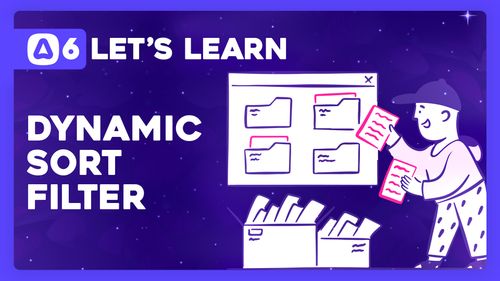
How To Apply A Dynamic Sort Filter To Your Query
In this lesson, we'll learn how we can add a user-selected sort option to our filters. Then, we'll apply the selected filter to our movie query


Filtering Our List by Movie Status
In this lesson, we'll alter our form input component to allow selects. Then, we'll learn how to add a select-based filter to our movie list page so that we can see only movies containing a specific movie status.


Filtering A Query By Pattern Likeness
In this lesson, we'll learn how to add a pattern filter to our movies.index page that will allow us to filter our movies list by title using a case-insensitive pattern search.

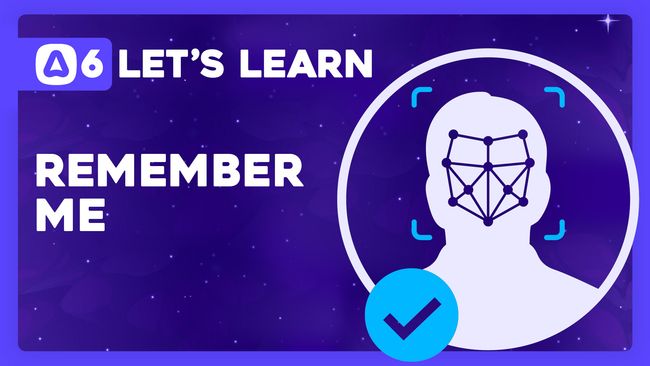
Remembering A User's Authenticated Session
In this lesson, we'll learn how we can use AdonisJS' Remember Me Tokens feature to allow a user to specify they'd like their authentication state to be remembered for a long time across sessions.

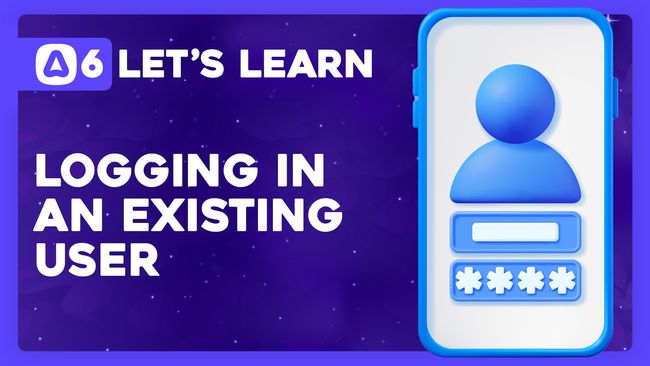
Logging In An Existing User
In this lesson, we'll learn how we can login an existing user using just their email and password. We'll discuss how the AuthFinder mixin protects us from timing attacks, and how we can use it to verify the accuracy of a user's password.


AdonisJS 6 Session Authentication in 15 Minutes
In this lesson, we'll learn how to add authentication to a new AdonisJS 6 application using the session guard. In these 15 minutes, you'll learn how to register a user, logout a user, verify a user's credentials and log them in, and more.

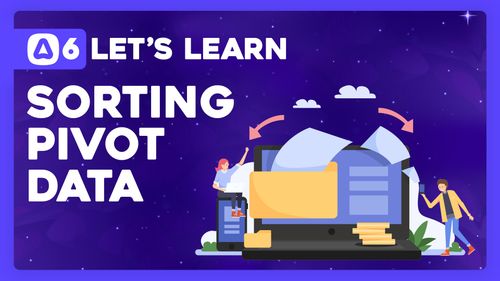
How To Query, Sort, and Filter by Pivot Table Data
In this lesson, we'll learn how we can query pivot table data. We'll then learn how we can also sort and filter our results by those pivot table columns as well.

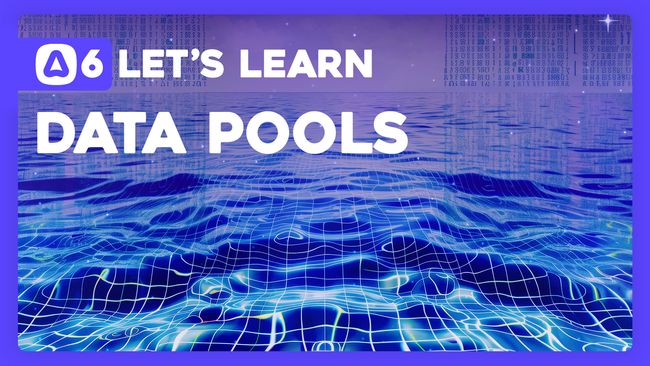
How To Create Factory Relationships from a Pool of Data
In this lesson, we'll learn how we can refactor our fake data seeder to allow us to assign cast members and crew members to our movies via our many-to-many relationships from a single pool of cineast records.

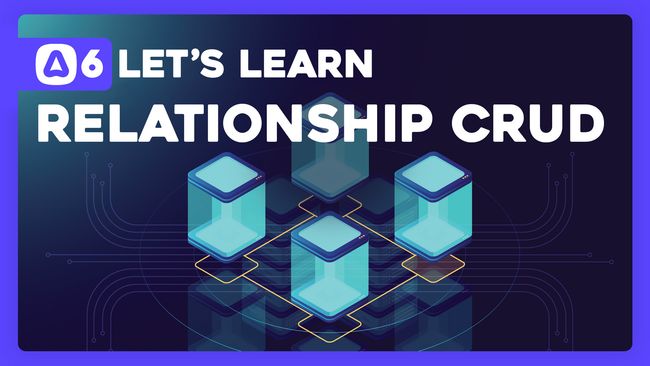
A Deep Dive Into Relationship CRUD with Models
In this lesson, we'll take a deep look at how we can perform CRUD operations with one-to-one, one-to-many, many-to-one, and many-to-many relationships using our Lucid Models.

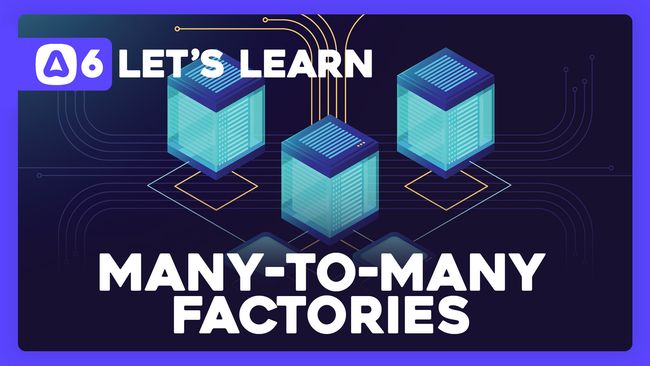
Many-To-Many Model Factory Relationships
In this lesson, we'll learn how we can define and use many-to-many relationships with Model Factories, including how we can define pivot table data when creating our fake records.

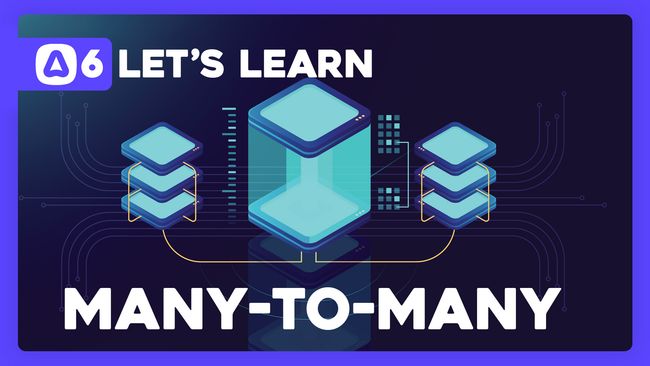
Defining Many-To-Many Relationships and Pivot Columns
In this lesson, we'll learn how you can define many-to-many relationships within your Lucid ORM Models. We'll also discuss the relationship options, and how you can automatically include pivot table data with all queries.

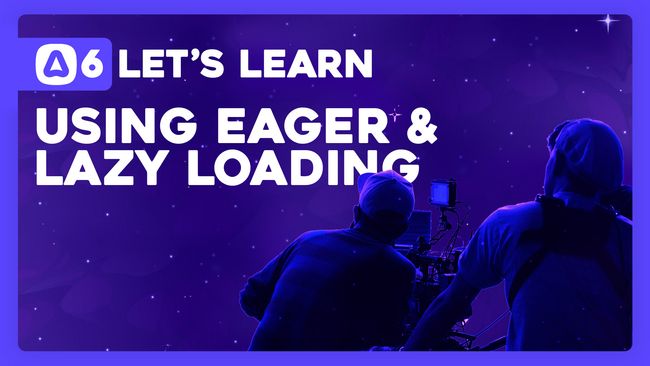
Using Eager and Lazy Loading to Load A Movie's Writer and Director
In this lesson, we'll learn how we can use eager loading to preload our writer and director onto our movie's details. We'll then, learn how we can load our writer and director onto our movie's details using lazy loading.

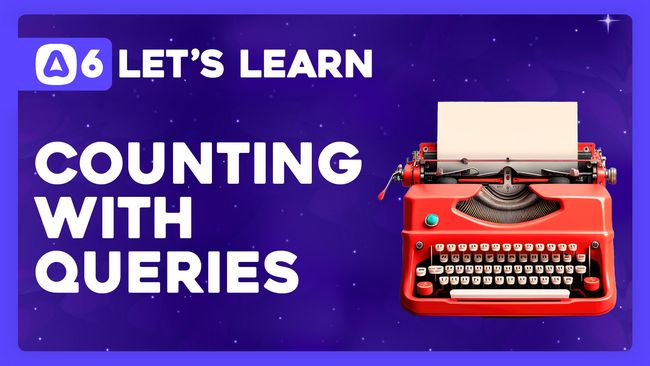
Listing and Counting a Writer's Movies
In this lesson, we'll learn how we can perform multiple different relationship counts with the same relationship using the Model Query Builder. We'll count our writer's total number of released and not-released movies.

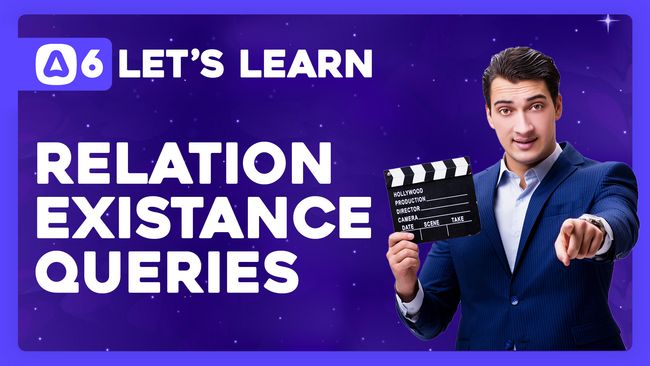
Listing A Director's Movies with Relationship Existence Queries
In this lesson, we'll learn how we can perform a relationship existence check to grab a list of our cineasts who have directed one or more movies. We'll then create a show page for that director, listing the movies that they directed.

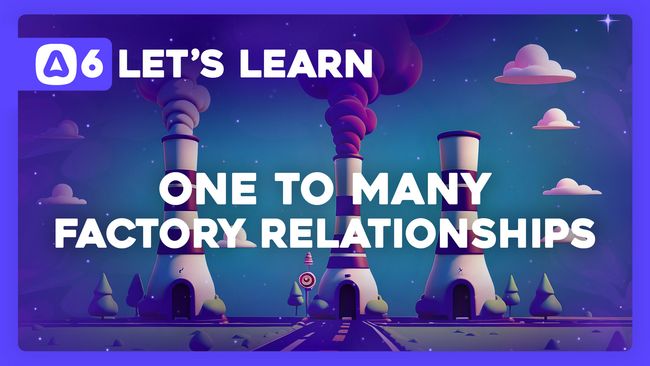
Seeding Movies with One to Many Model Factory Relationships
In this lesson, we'll learn how we can use Model Factory Relationships to create a pool of cineasts to bind to our movies. This will create cineasts bound to many movies as a writer, director, or both.

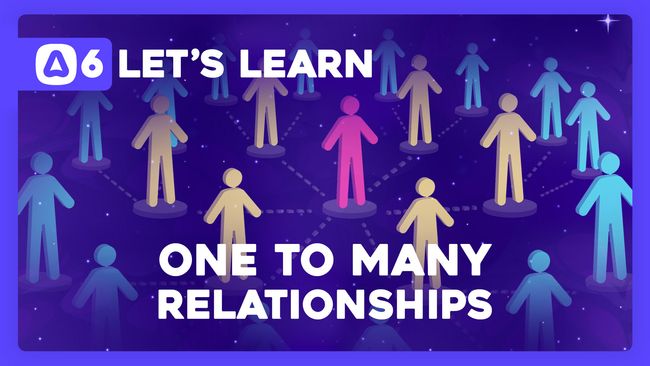
Defining One to Many Relationships with Lucid Models
In this lesson, we'll learn how to define one-to-many and many-to-one relationships using Lucid Models. We'll also learn how we can specify the columns that should be used for a relationship, allowing us to use one model for multiple relationships.


Cascading and Deleting Model Relationships
In this lesson, we'll learn how to account for foreign key constraints when deleting relationships using our Lucid Models. We'll then learn how we can automatically cascade deletions through to relationships.

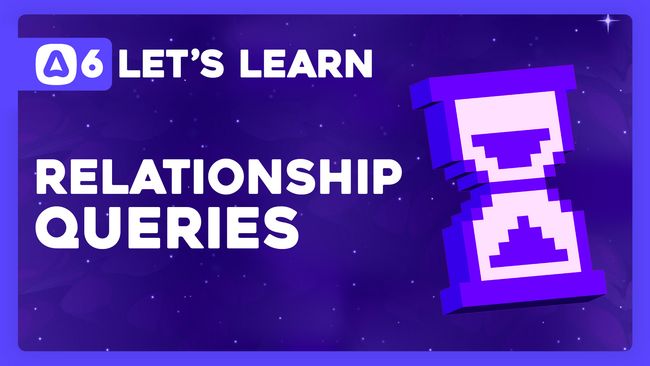
Querying Relationships and Eager Vs Lazy Loading
In this lesson, we'll learn how we can query our relationships using our Lucid Models. We'll then learn what the difference is between eagerly loading a relationship (load) and lazily loading a relationship (preload).

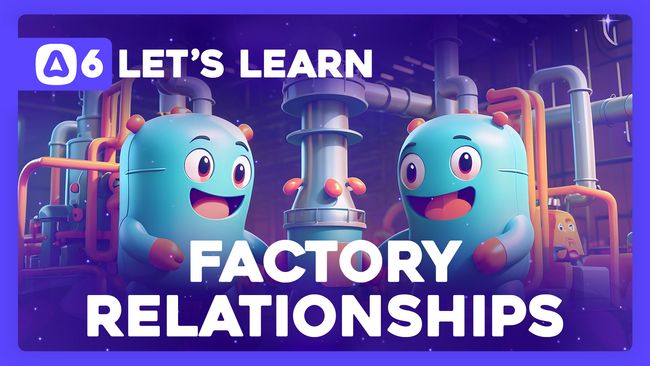
Model Factory Relationships
In this lesson, we'll learn how to use relationships with our Model Factories; easing our capabilities to quickly generate fake data with relationships.


Defining One to One Relationships Within Lucid Models
In this lesson, we'll learn how to define one-to-one relationships within our Lucid Models. We'll learn about the belongs to and has one decorators, their options, and types that make this possible.
Showing 61 to 80 of 139 results